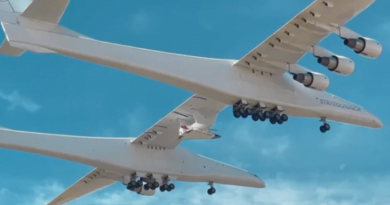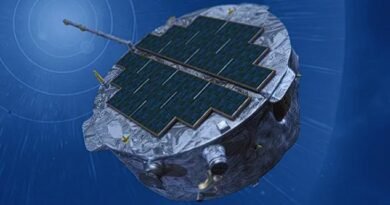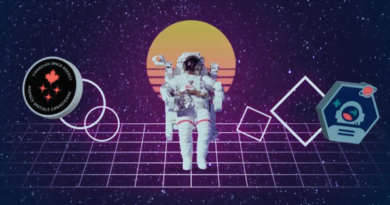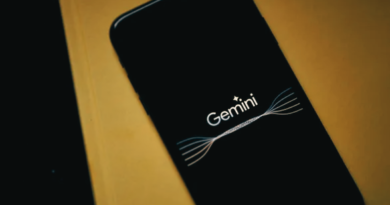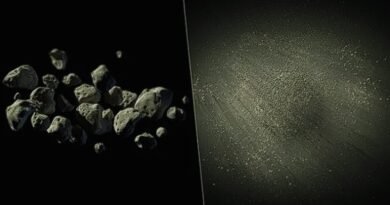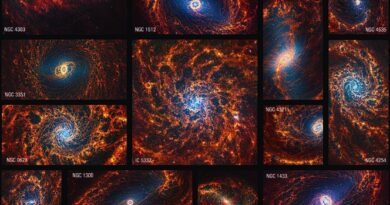LISA a First Space Gravitational Wave Detector to Hunt for Ripples in Spacetime
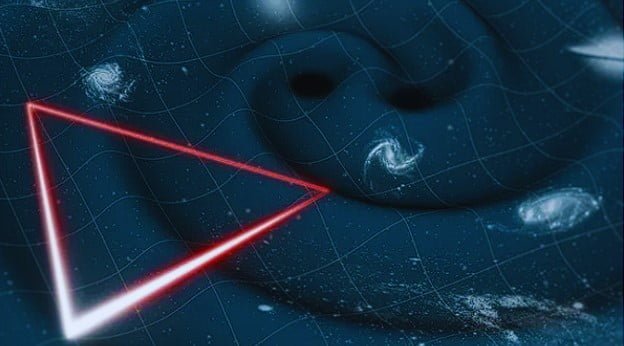
Embarking on a groundbreaking mission, LISA, the first gravitational wave detector in space, is set to explore and hunt for ripples in the fabric of spacetime.
Watching the cosmos has been akin to viewing a silent movie, but the forthcoming deployment of the Laser Interferometer Space Antenna (LISA) promises to be a transformative experience, comparable to the addition of sound to motion pictures.
Prepare for a groundbreaking shift in our exploration of the cosmos as the Laser Interferometer Space Antenna (LISA), humanity’s inaugural space-based gravitational wave detector, has received the green light. This joint venture between NASA and the European Space Agency (ESA) is set to launch in the mid-2030s, promising to revolutionize our understanding of the universe.
Announced by ESA on January 25, the adoption of LISA marks a significant milestone, allowing scientists to commence construction of the spacecraft and its essential instruments in January 2025. The mission involves three spacecraft forming a gravitational wave detector in space, creating an equilateral triangle trailing Earth’s orbit. LISA’s laser beams will traverse sides measuring a staggering 1.6 million miles, detecting minute alterations as gravitational waves from celestial events pass over them.
LISA’s lead project scientist, Nora Lützgendorf, emphasizes the unprecedented nature of this mission, employing laser beams over several kilometers to detect gravitational waves from significant cosmic events, such as supernova explosions and the merging of dense stars and stellar-mass black holes.
Gravitational waves, predicted by Albert Einstein in 1915 through his theory of general relativity, arise from the curvature of spacetime caused by massive objects. The groundbreaking discovery of these waves in 2015 by the Laser Interferometer Gravitational-Wave Observatory (LIGO) and the Virgo interferometer contradicted Einstein’s initial belief that such waves would be too faint to detect.
LISA, as a space-based interferometer, is poised to build on these achievements by listening to gravitational waves from merging black holes, neutron stars, and supernovas at greater distances than Earth-based detectors. This extends the scope of exploration back in time, probing lower-frequency gravitational waves and uncovering events on a different scale.
The capabilities of LISA go beyond detecting gravitational waves from distant sources; its enhanced sensitivity allows the investigation of closer and less extreme events, such as the merger of compact white stars born at the end of their lifecycle. Oliver Jennrich, LISA project scientist, aptly summarizes the significance, likening the transition to capturing the ripples of spacetime with LISA to the game-changing addition of sound to motion pictures, marking a new dimension in our understanding of the universe. Get ready to witness a transformative chapter in cosmic exploration with the launch of LISA in the mid-2030s.

